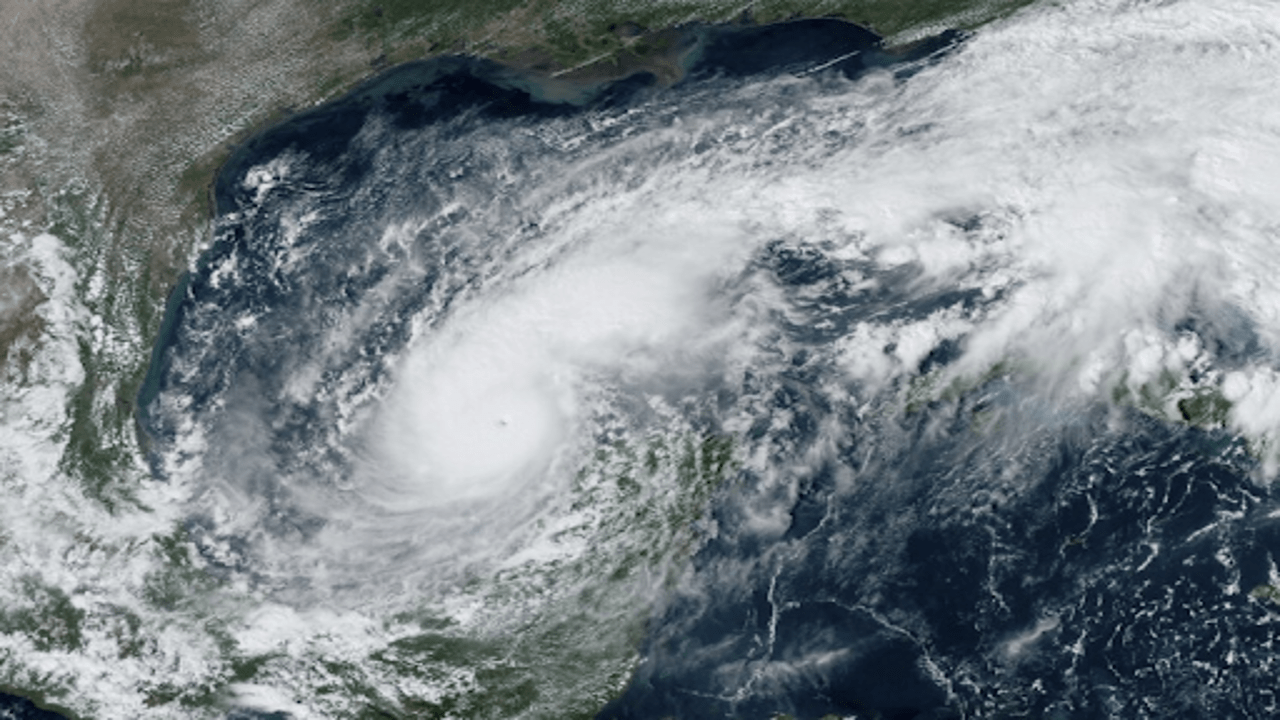
Hurricane Milton is poised to unleash a significant storm surge on Tampa Bay, raising the possibility of widespread evacuations. This comes less than two weeks after Hurricane Helene devastated the area, leading to over 230 fatalities as it flooded the coastline. Getty Images
As Florida braces for Hurricane Milton, which has intensified into a formidable Category 5 storm, the Gulf Coast is racing against the clock to prepare for its potential impact. Residents are still recovering from the destruction left by Hurricane Helene two weeks ago, and now they are faced with the possibility of another devastating storm. Evacuations have been ordered, and the highways are packed with people trying to escape the impending danger.
Hurricane Milton is expected to make landfall in the Tampa Bay area, a region that has not experienced a direct hit from a major hurricane in over a century. Although scientists anticipate the storm to weaken slightly before reaching land, it may still maintain hurricane strength as it moves across central Florida toward the Atlantic Ocean. This trajectory could spare other states still reeling from the aftermath of Helene, which tragically claimed at least 230 lives on its path from Florida to the Carolinas.
“This is the real deal here with Milton,” warned Tampa Mayor Jane Castor during a news conference. She emphasized the importance of respecting the power of nature, stating, “If you want to take on Mother Nature, she wins 100% of the time.”
Florida Governor Ron DeSantis highlighted the urgency of clearing debris from Helene’s destruction before Milton arrives, as loose items can become dangerous projectiles. Workers are hustling to collect remnants from the previous storm, and more than 300 vehicles have been dispatched to assist.
Evacuation orders have been issued, and meteorologists predict a storm surge of 8 to 12 feet in Tampa Bay—the highest ever forecasted for the area. This surge is nearly double the levels seen during Helene. Rainfall forecasts suggest 5 to 10 inches across mainland Florida and the Keys, with some areas potentially receiving up to 15 inches.
The Tampa metro area is home to over 3.3 million people, making it especially vulnerable. Massachusetts Institute of Technology meteorology professor Kerry Emanuel expressed concerns, noting the area’s inexperience with such storms: “It’s very exposed, very inexperienced, and that’s a losing proposition.”
As Milton gained strength over the eastern Gulf of Mexico, its maximum sustained winds reached 165 mph. By late Monday, the storm's center was located approximately 630 miles southwest of Tampa, moving east at 9 mph. The Tampa Bay region is still recovering from the devastation caused by Helene, which resulted in 12 fatalities and extensive damage, particularly along the barrier islands.
In Pinellas County, lifeguards have started removing items from the beaches that could become dangerous in high winds. Meanwhile, residents are frustrated with the debris collection process, as delays could turn loose items into “flying missiles” during the storm. Sarah Steslicki, a resident of Belleair Beach, voiced her concerns about the slow debris clearance: “They’ve screwed around and haven’t picked the debris up, and now they’re scrambling to get it picked up.”
Evacuations have been ordered for vulnerable areas near Tampa Bay, as well as all mobile and manufactured homes. An emergency declaration has been approved by President Joe Biden, leading to one of the largest mobilizations of federal personnel in history, with around 7,000 federal workers set to assist in recovery efforts.
While many residents are evacuating, others hesitate, recalling the chaotic exodus during Hurricane Irma in 2017 when around 7 million were urged to leave. Some gas stations in the Tampa area have already run out of fuel, although the state is working to ensure a steady supply of gasoline and diesel.
Families like Candice Briggs’ are once again preparing to leave their homes, just days after recovering from Helene's flooding. Briggs shared her mixed feelings about the evacuation, stating, “Most of the tears I’ve cried have been out of exhaustion or gratitude.” Her family had just started to recover when they were forced to leave again.
Others, like Tanya Marunchak, are torn about whether to evacuate again after experiencing severe flooding from Helene. Despite the damage to their home, her husband believes it can withstand the storm.
In Mexico, residents on Holbox Island are also evacuating as Milton approaches. Local authorities have ordered the cancellation of all nonessential activities, and schools are being converted into shelters. Airports across Florida are preparing for closures, while popular attractions like Walt Disney World are still operating normally for now.
With the Gulf of Mexico unusually warm, conditions have fueled Milton’s rapid intensification, leading to concerns about its potential impact. As people prepare for the storm, they are reminded of the severe risks associated with hurricanes and the importance of taking precautions seriously.















